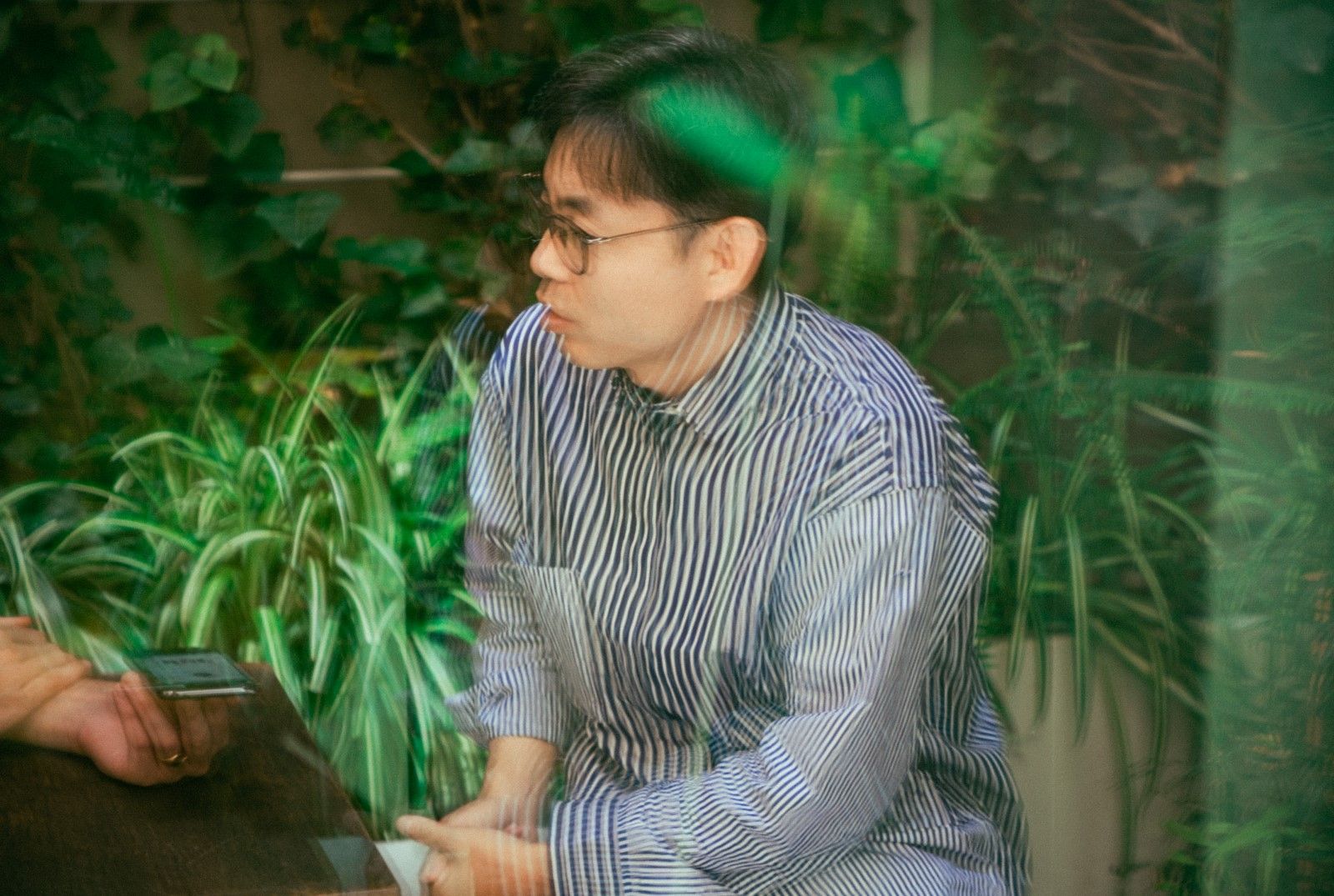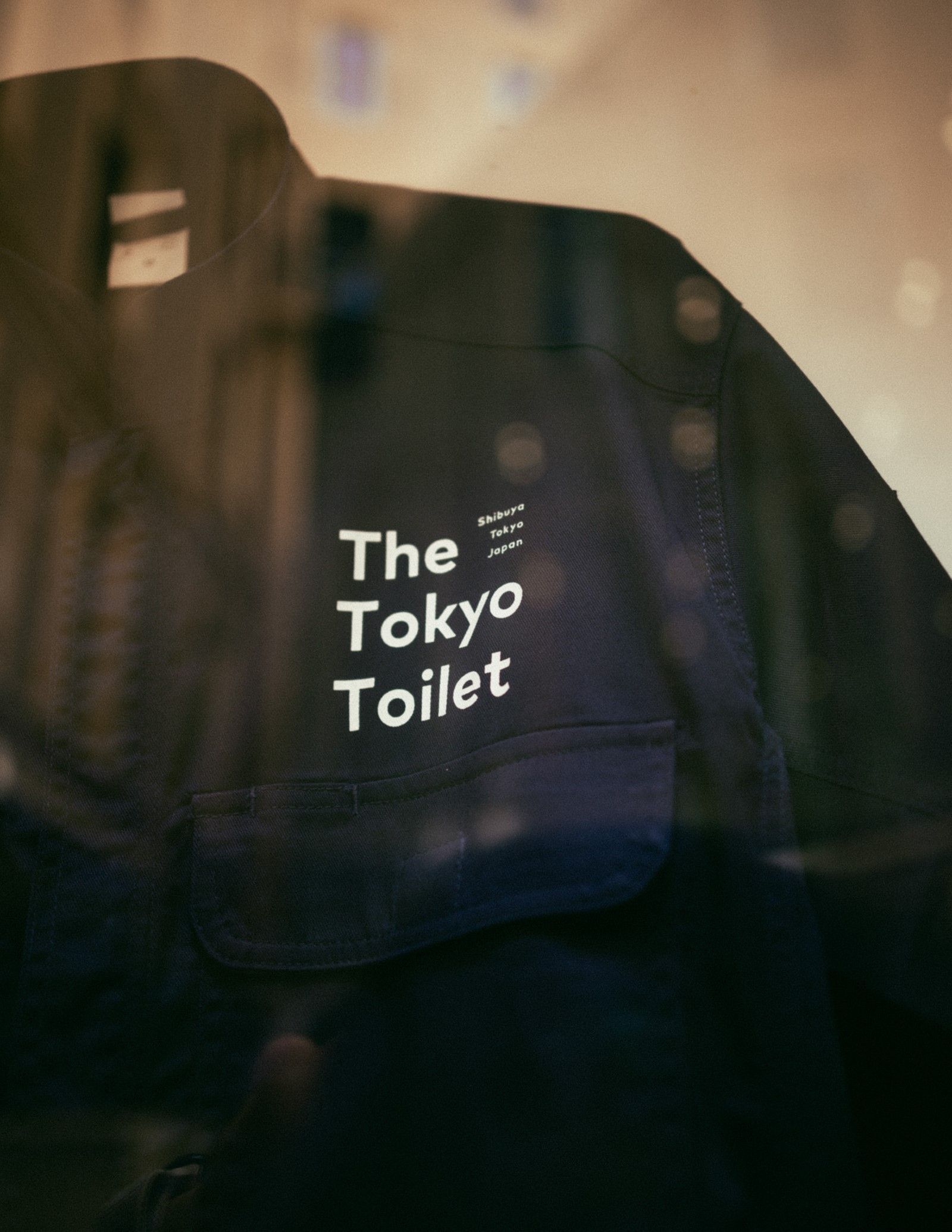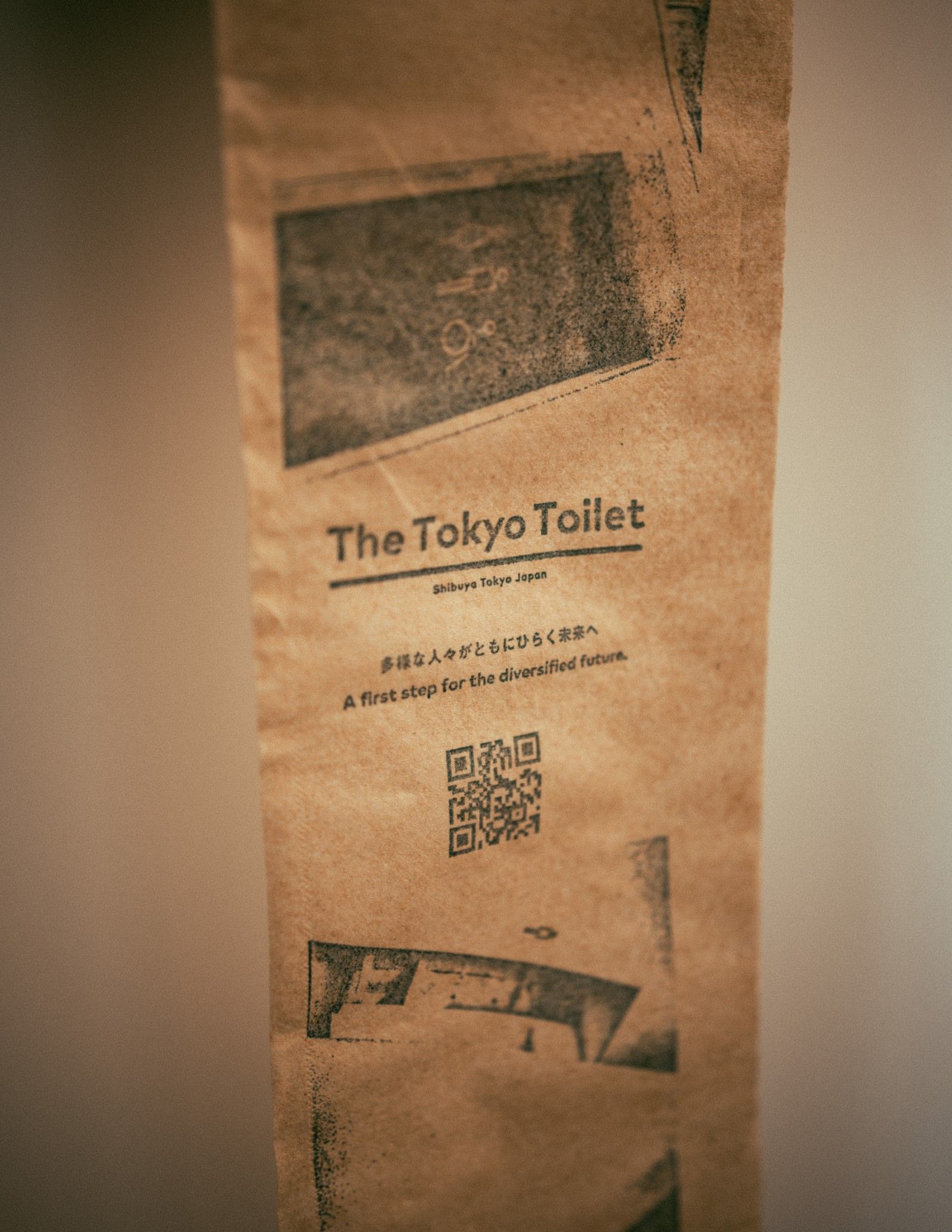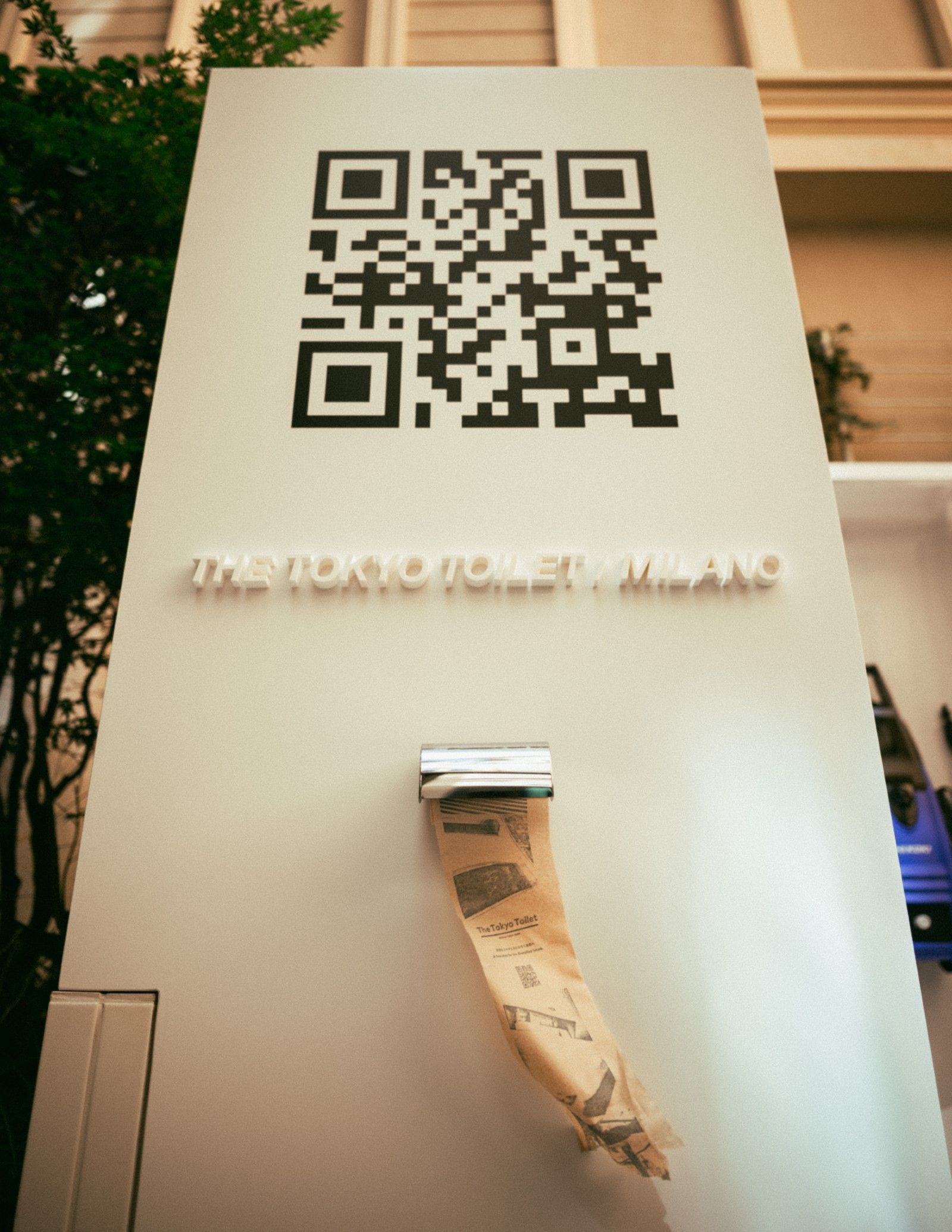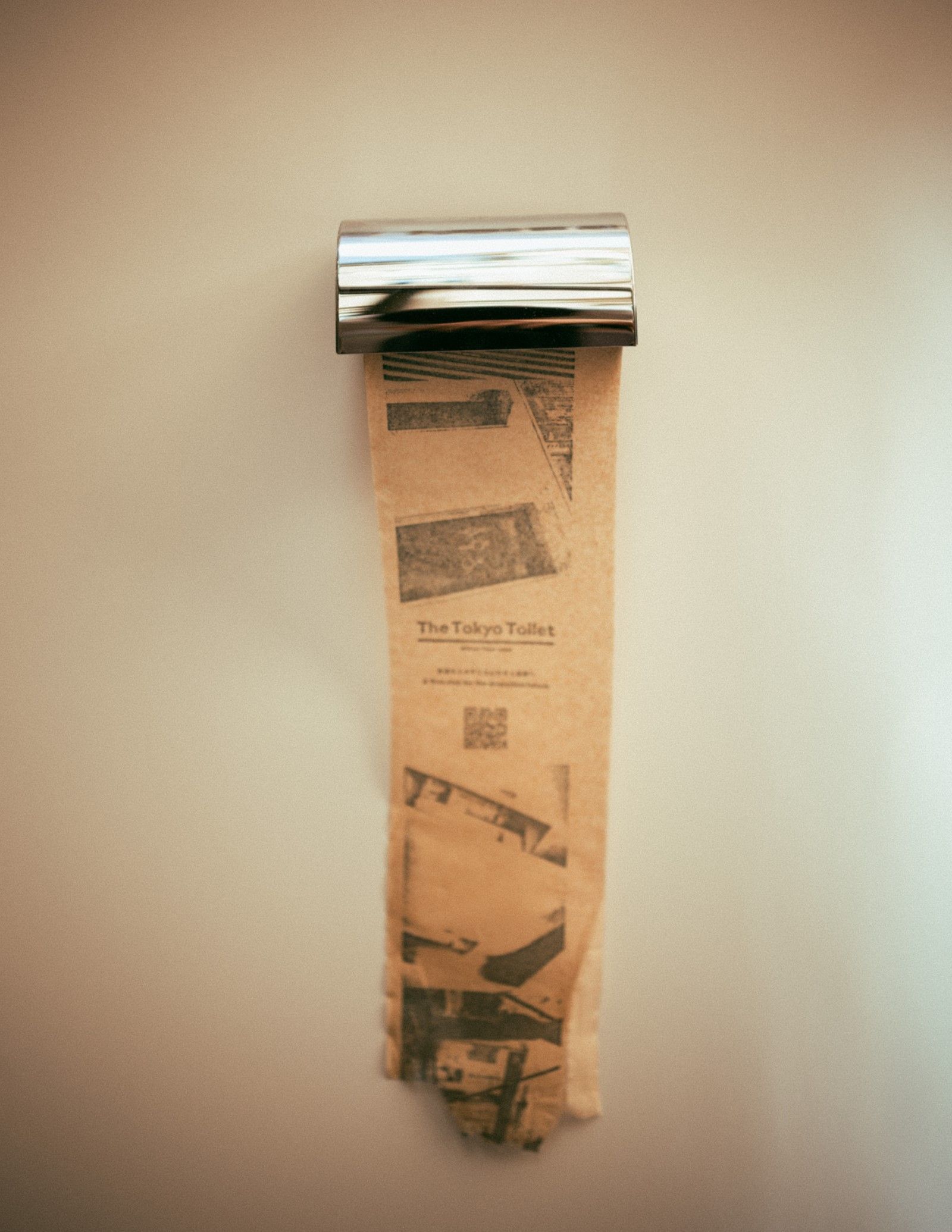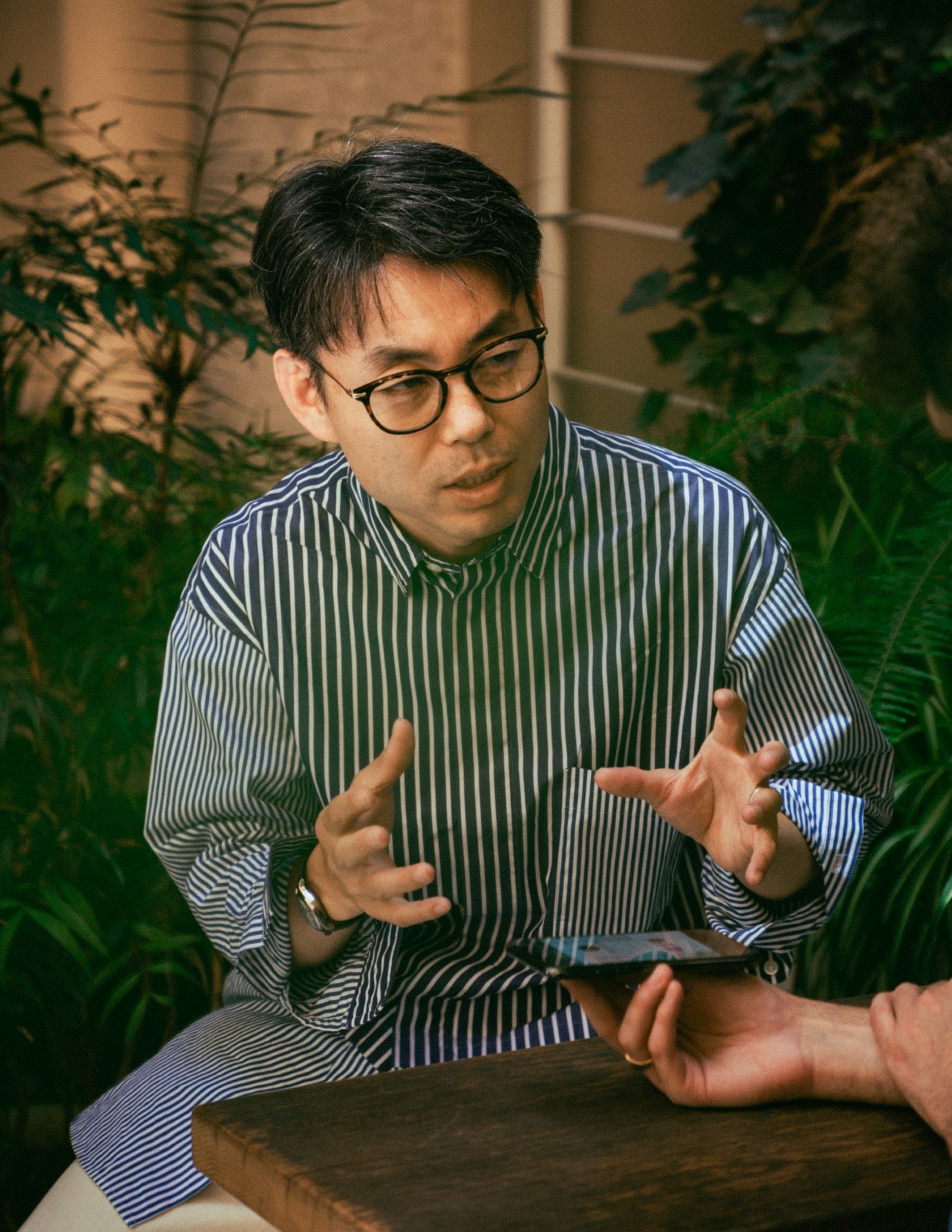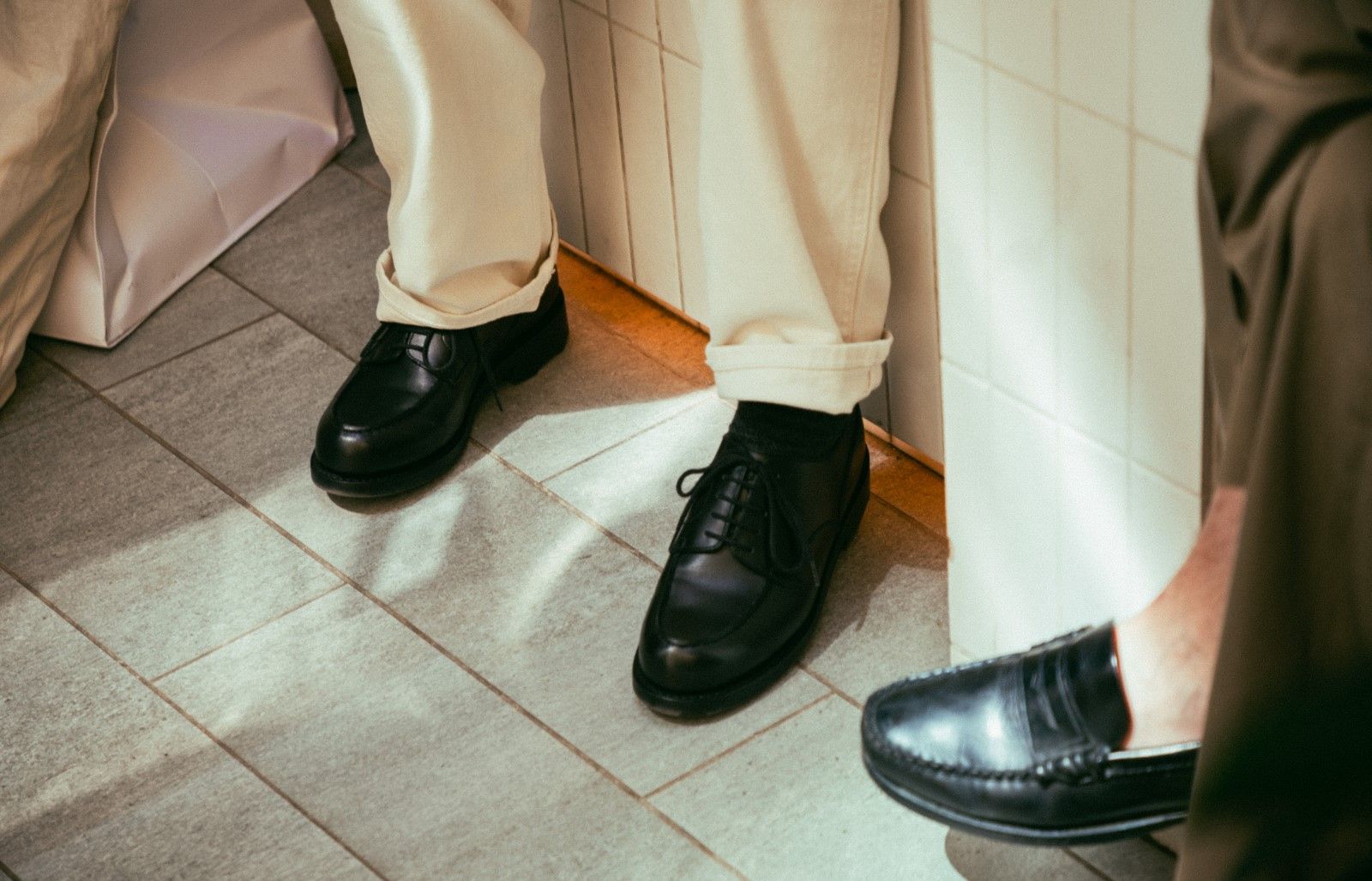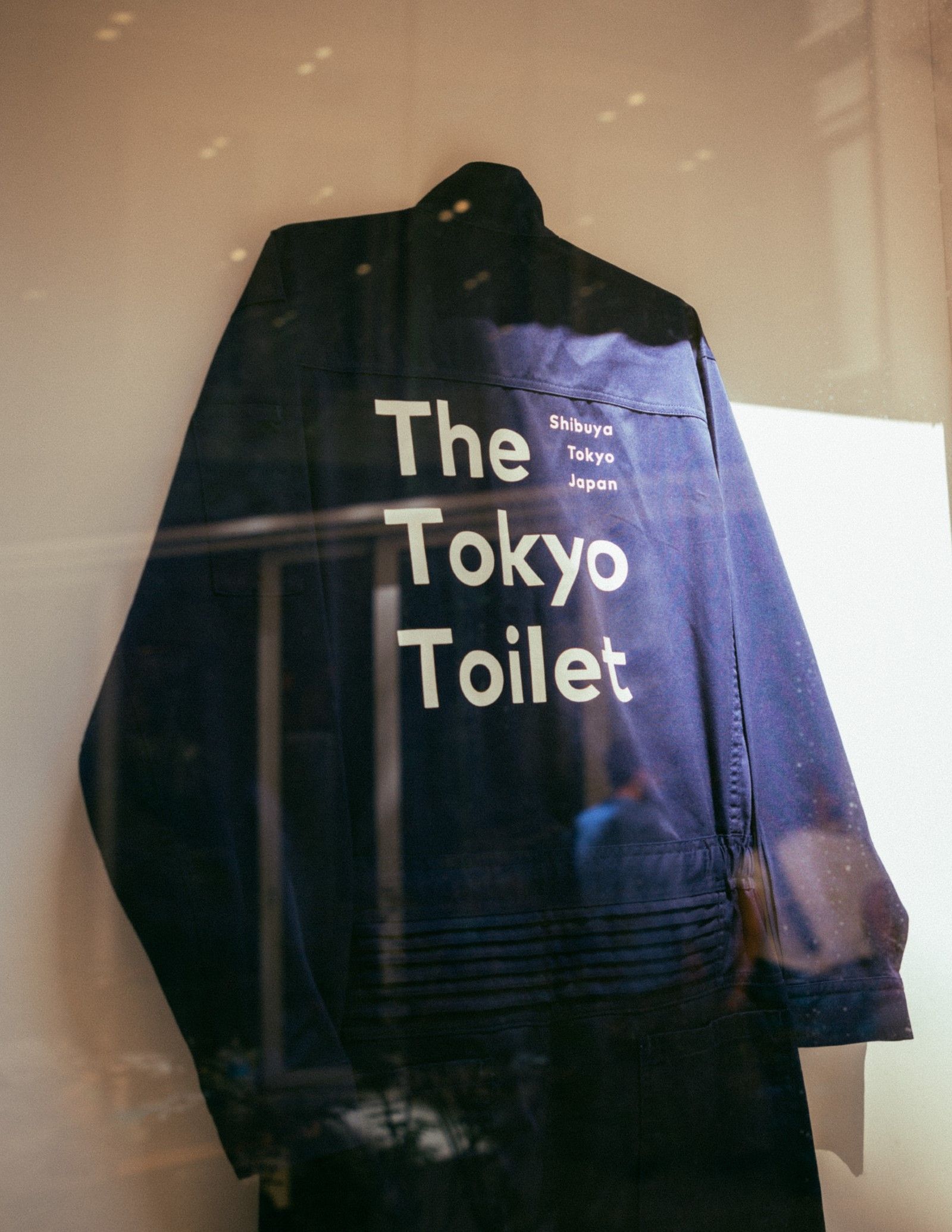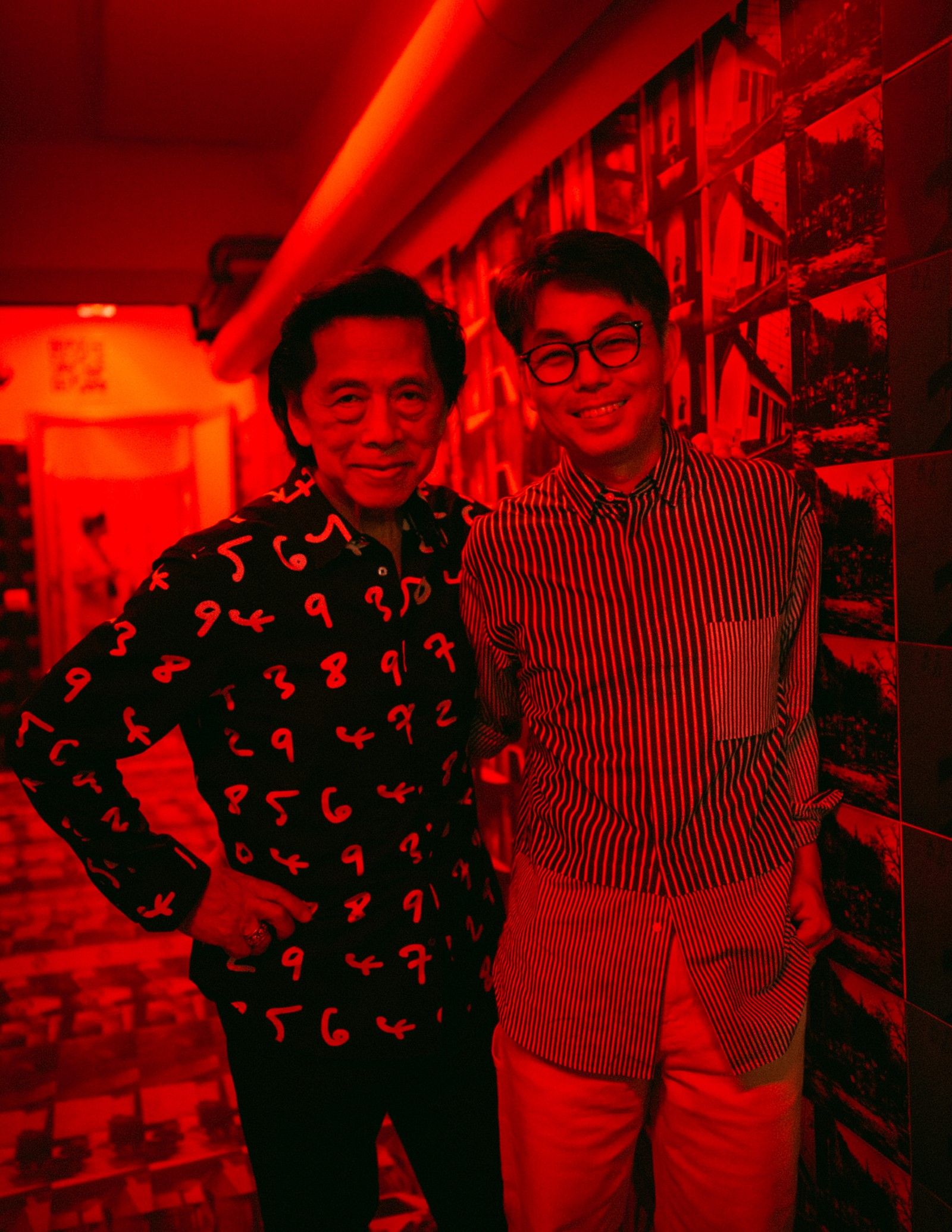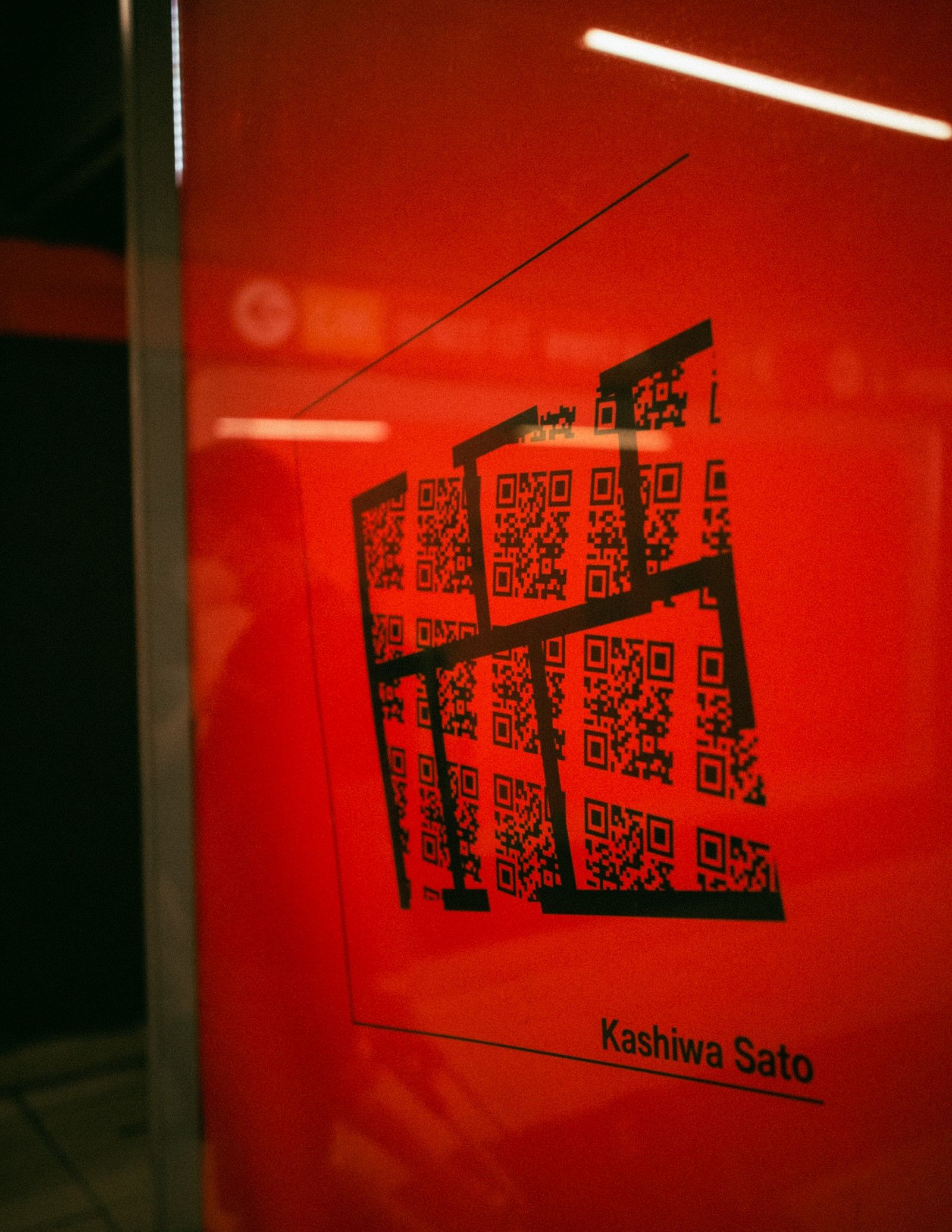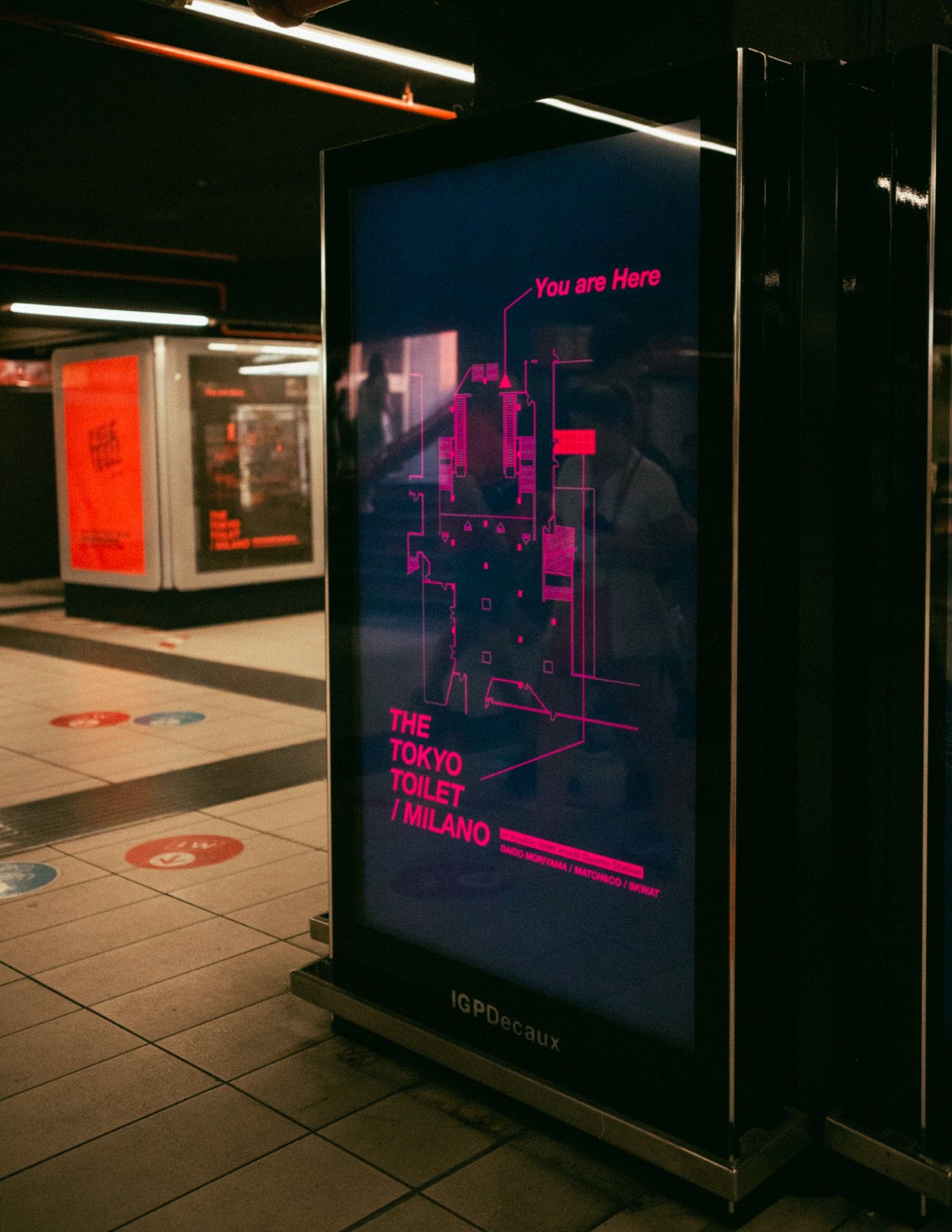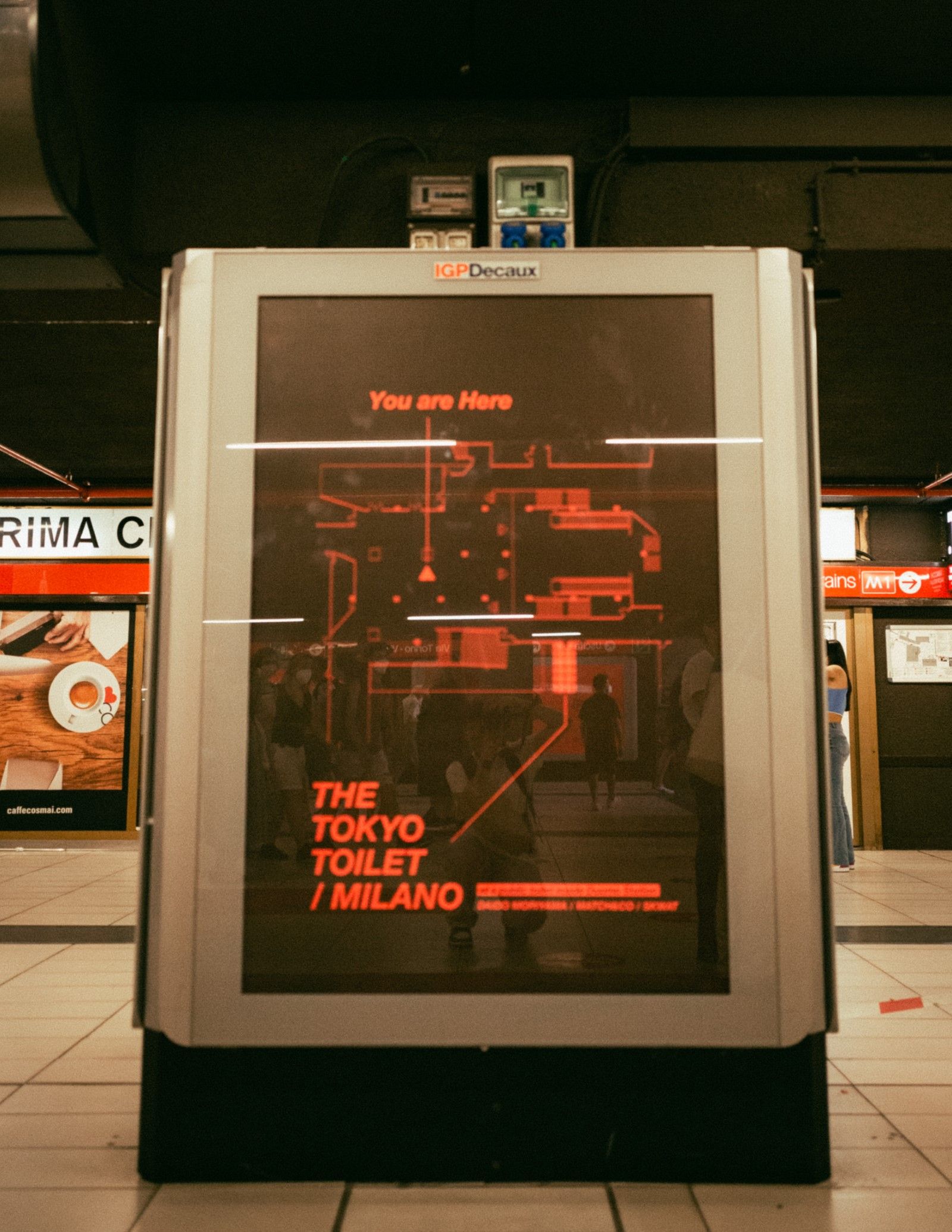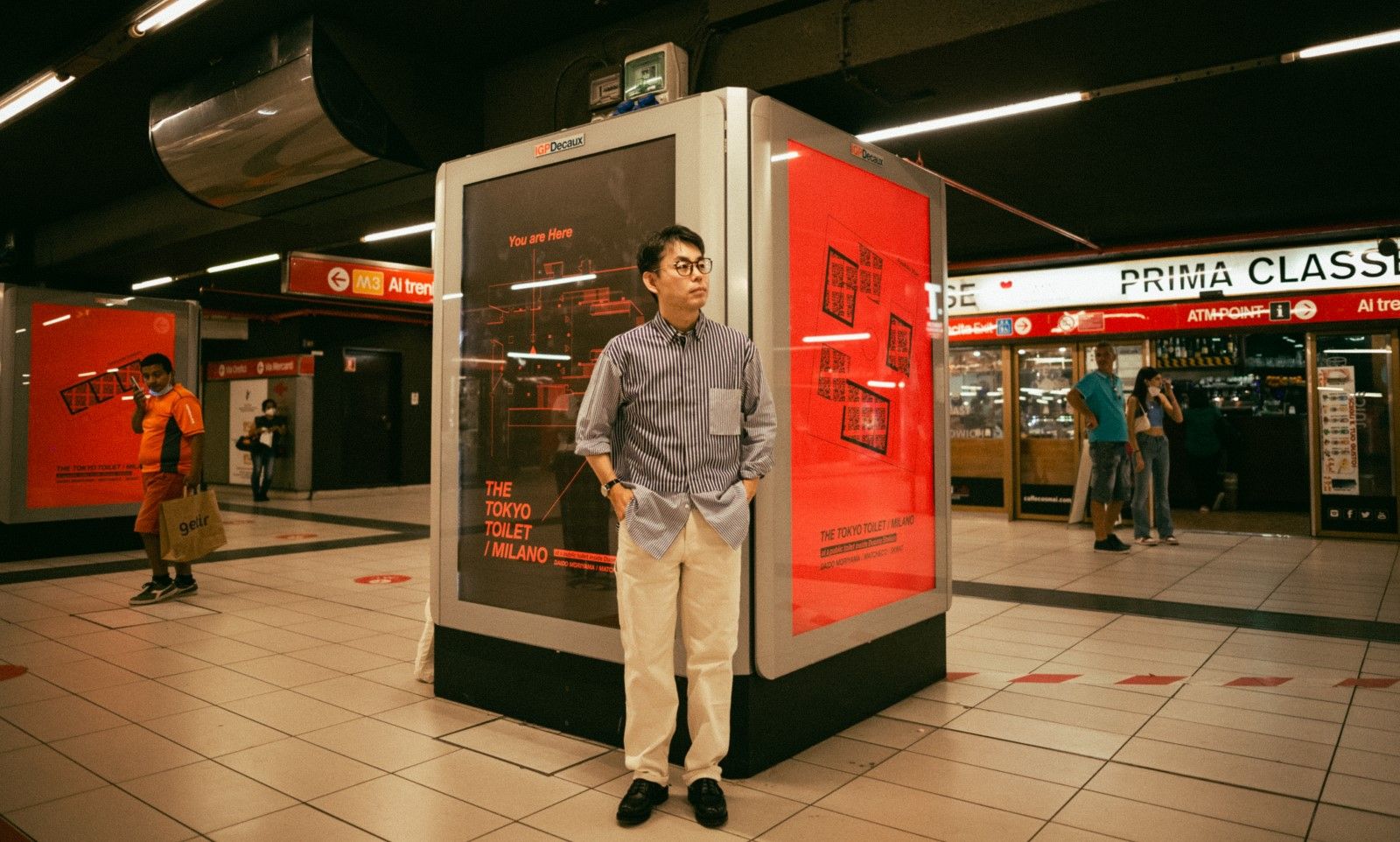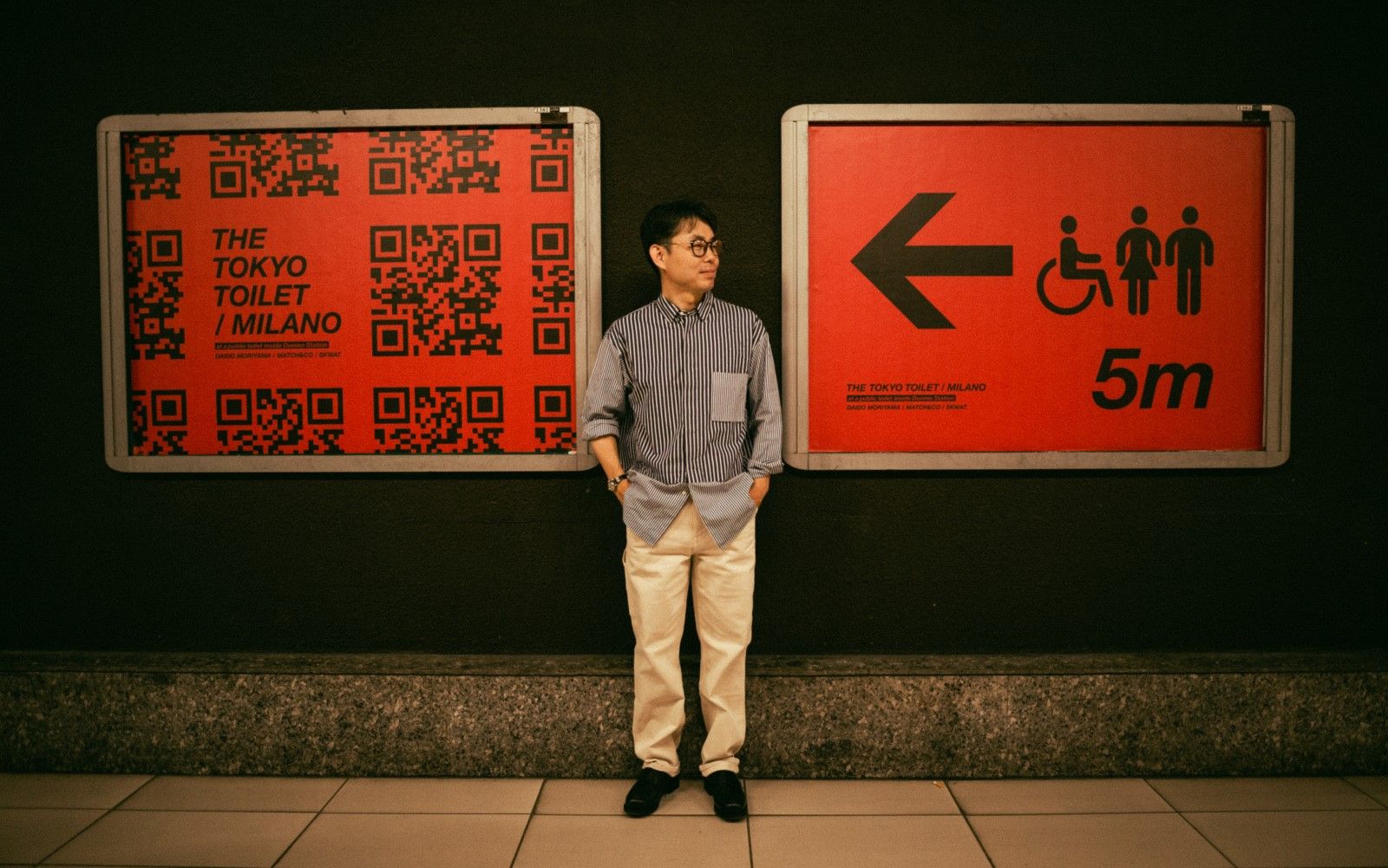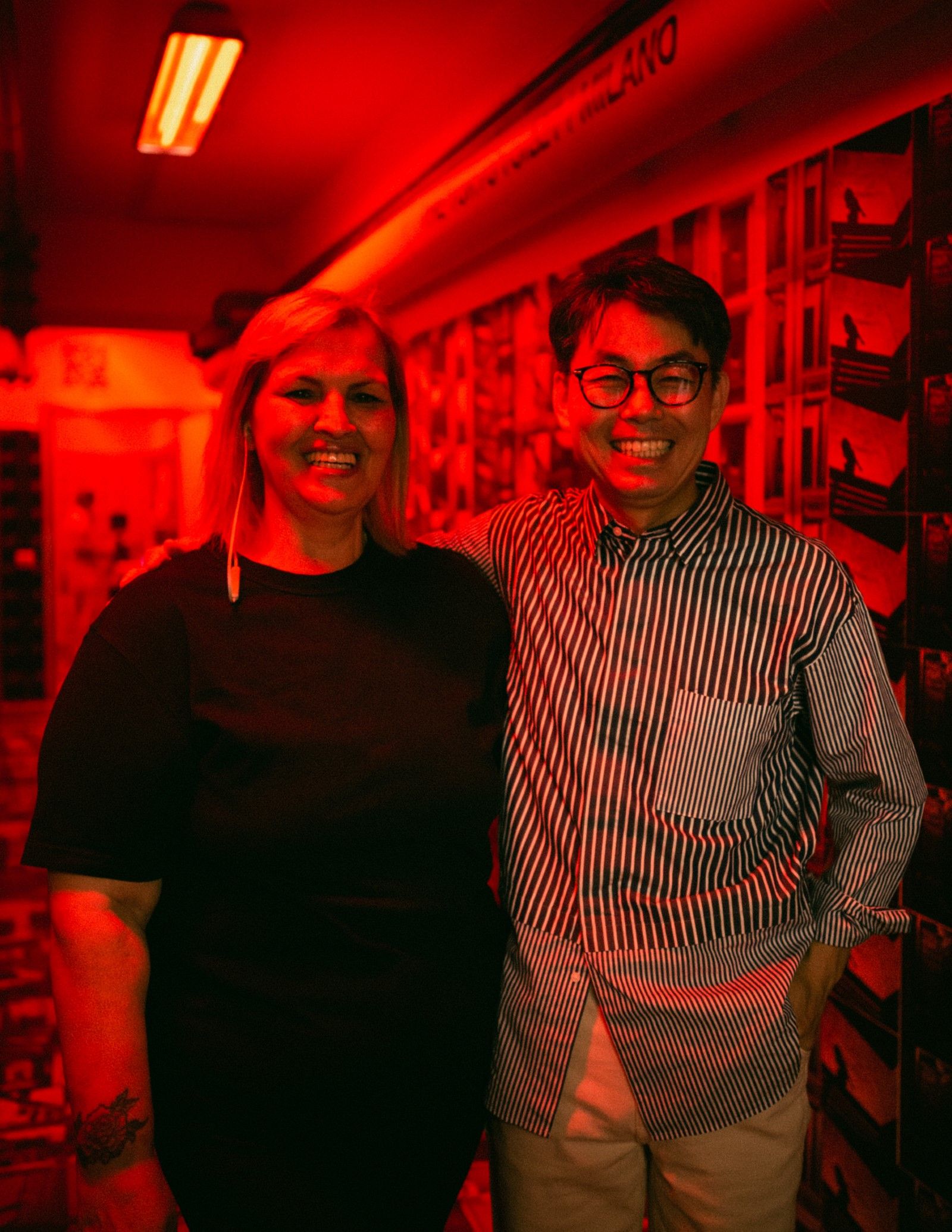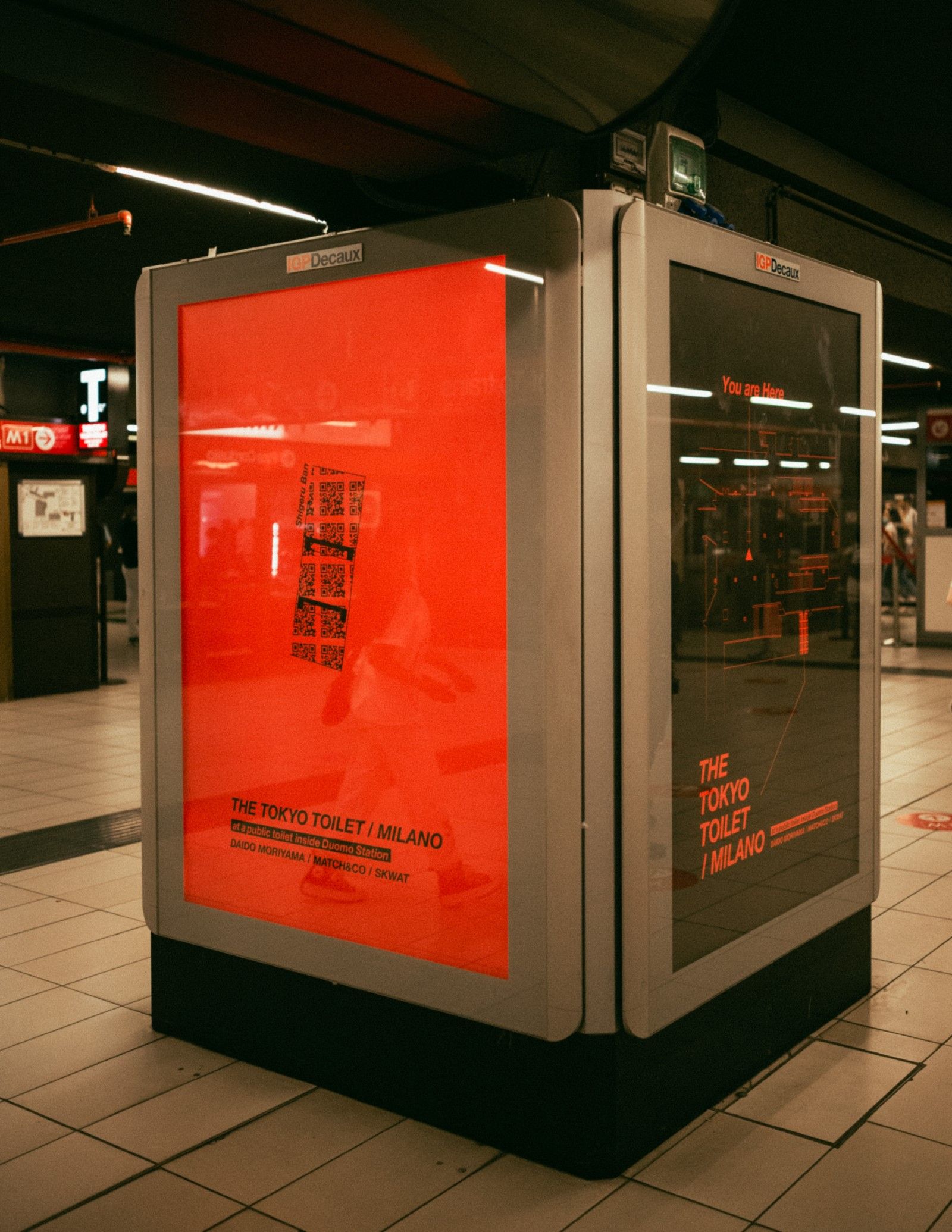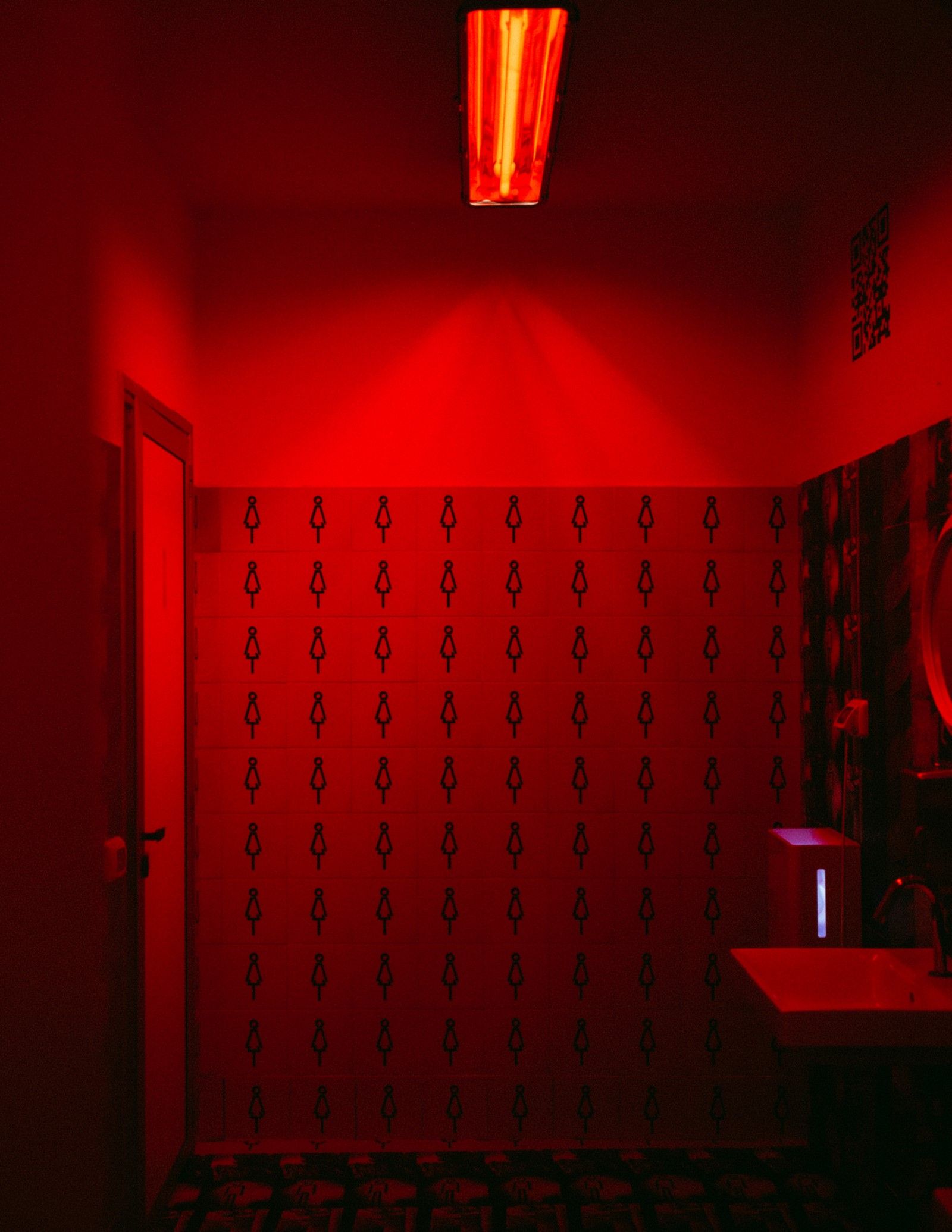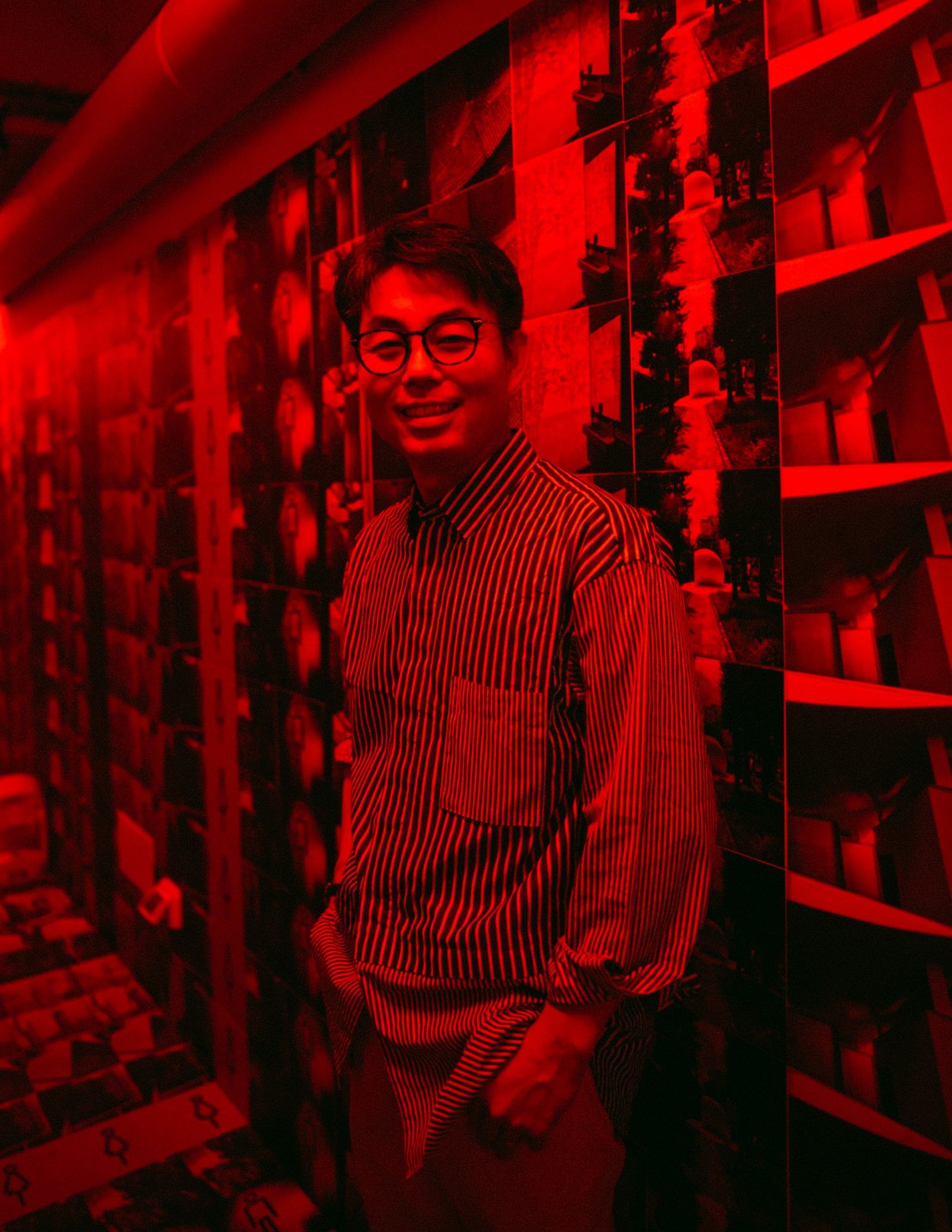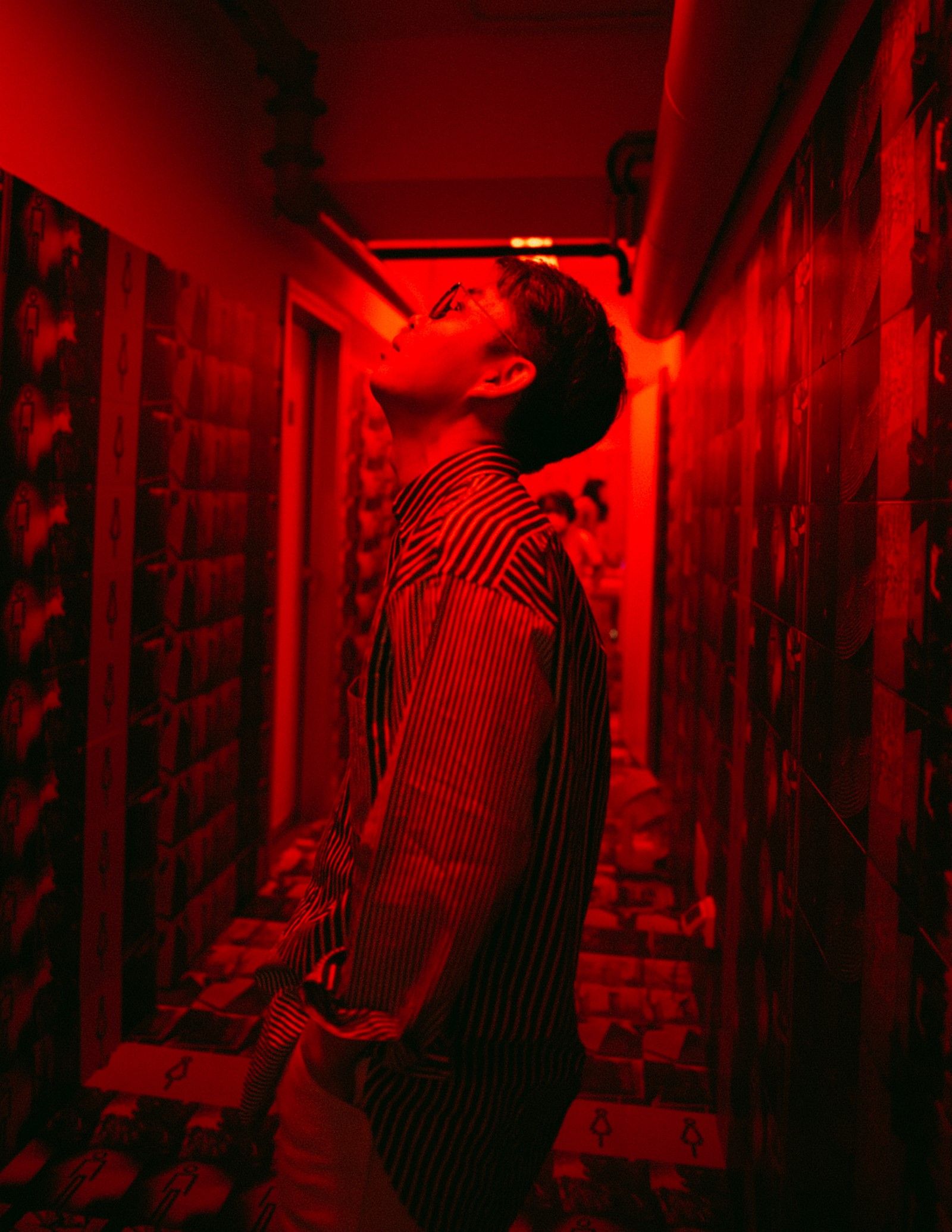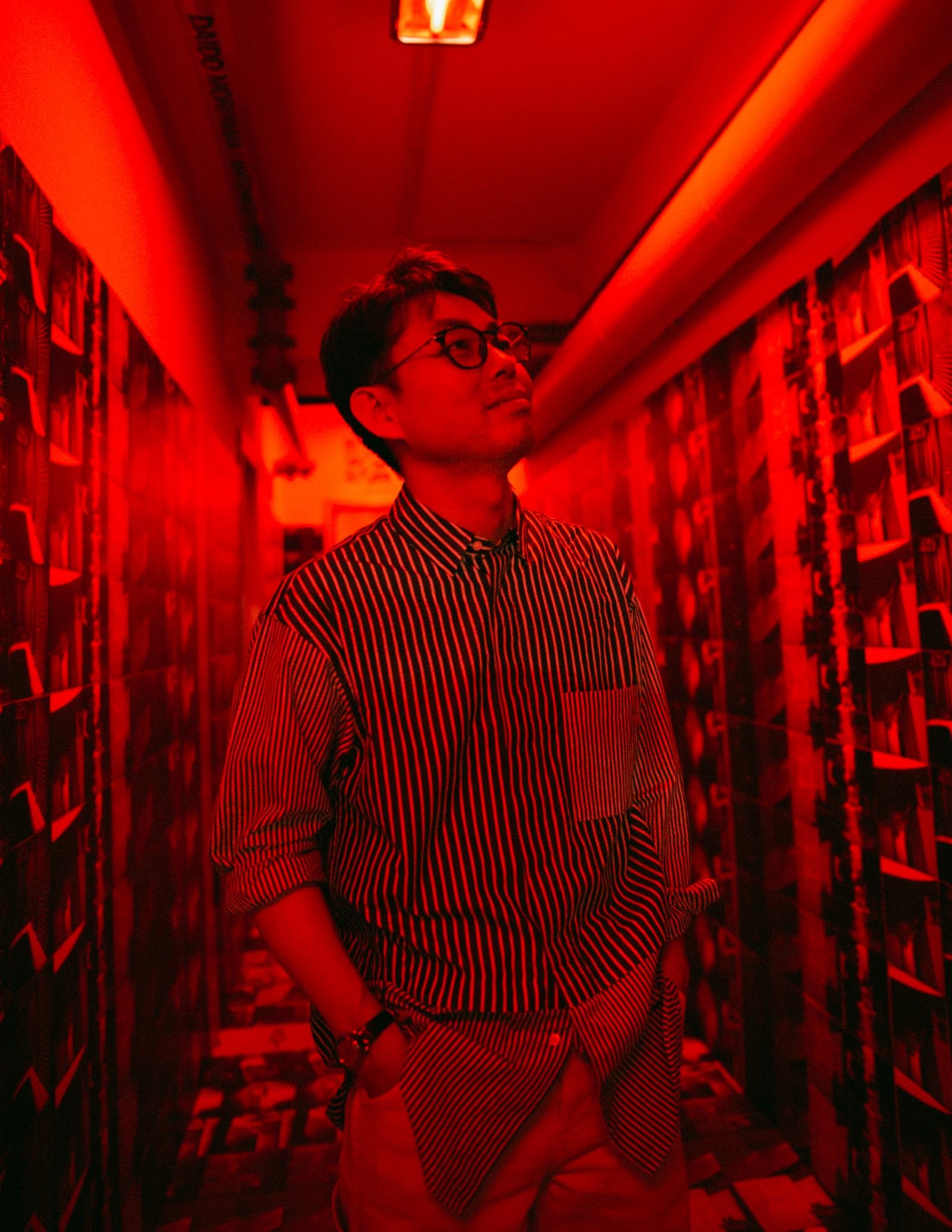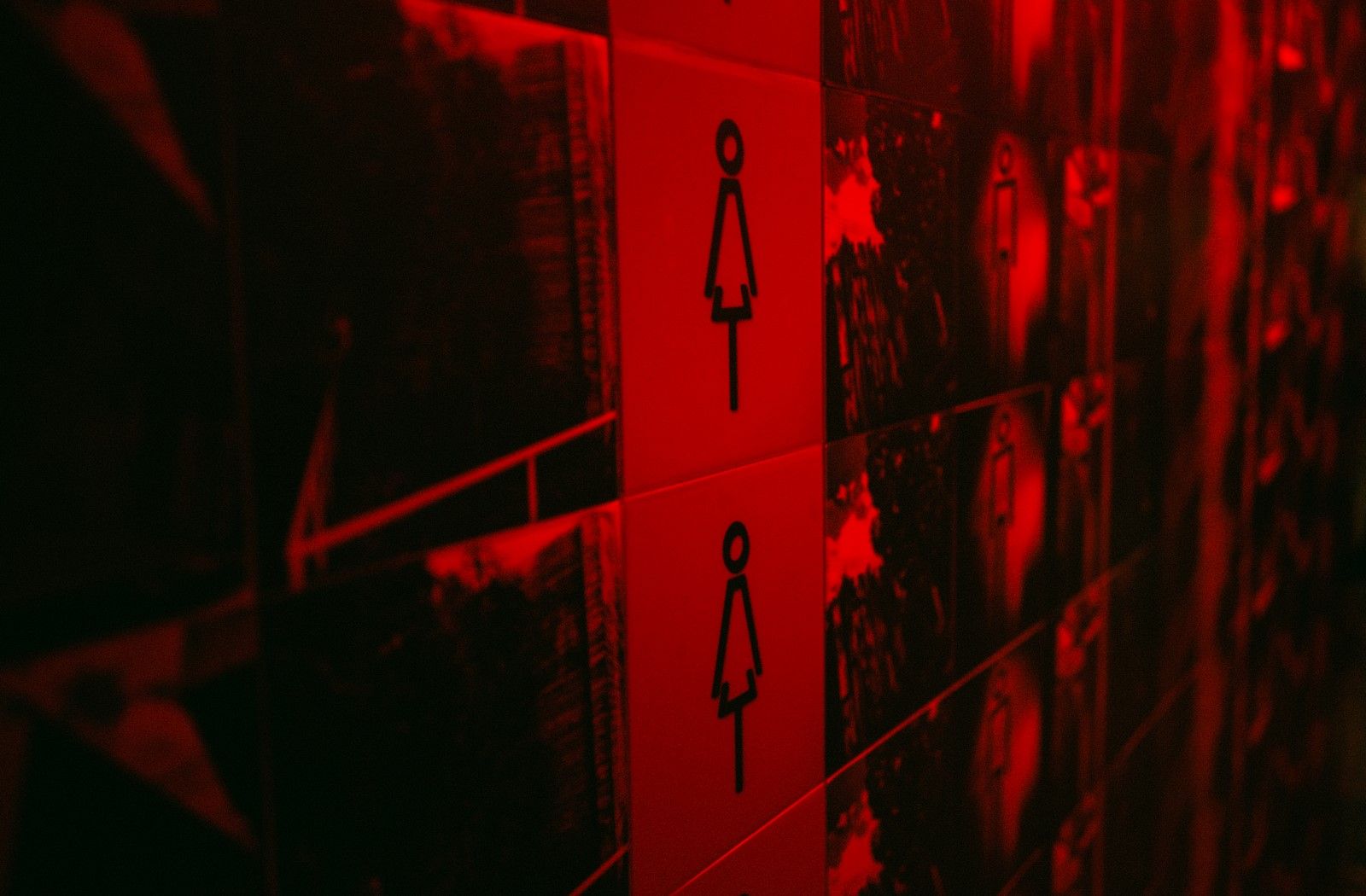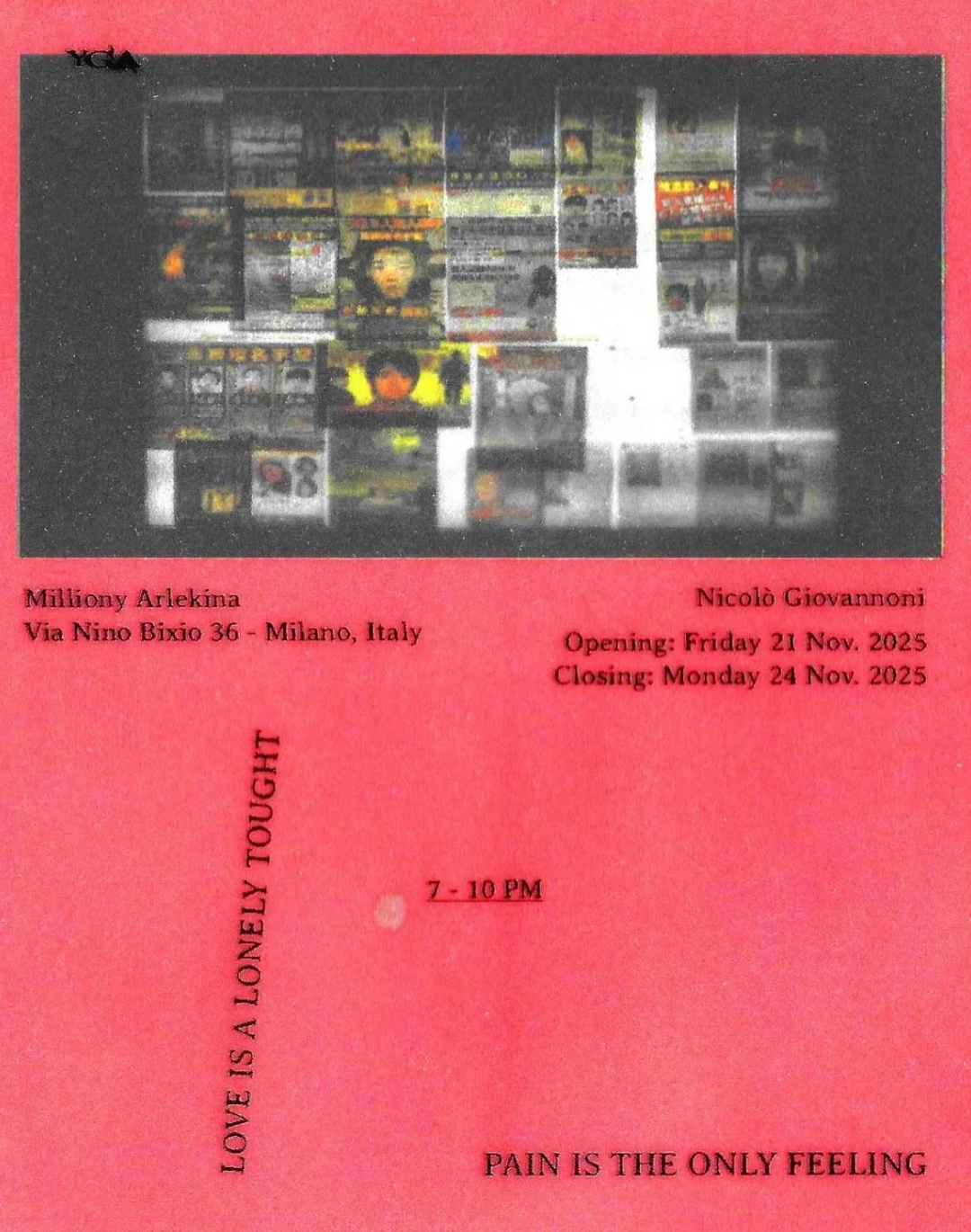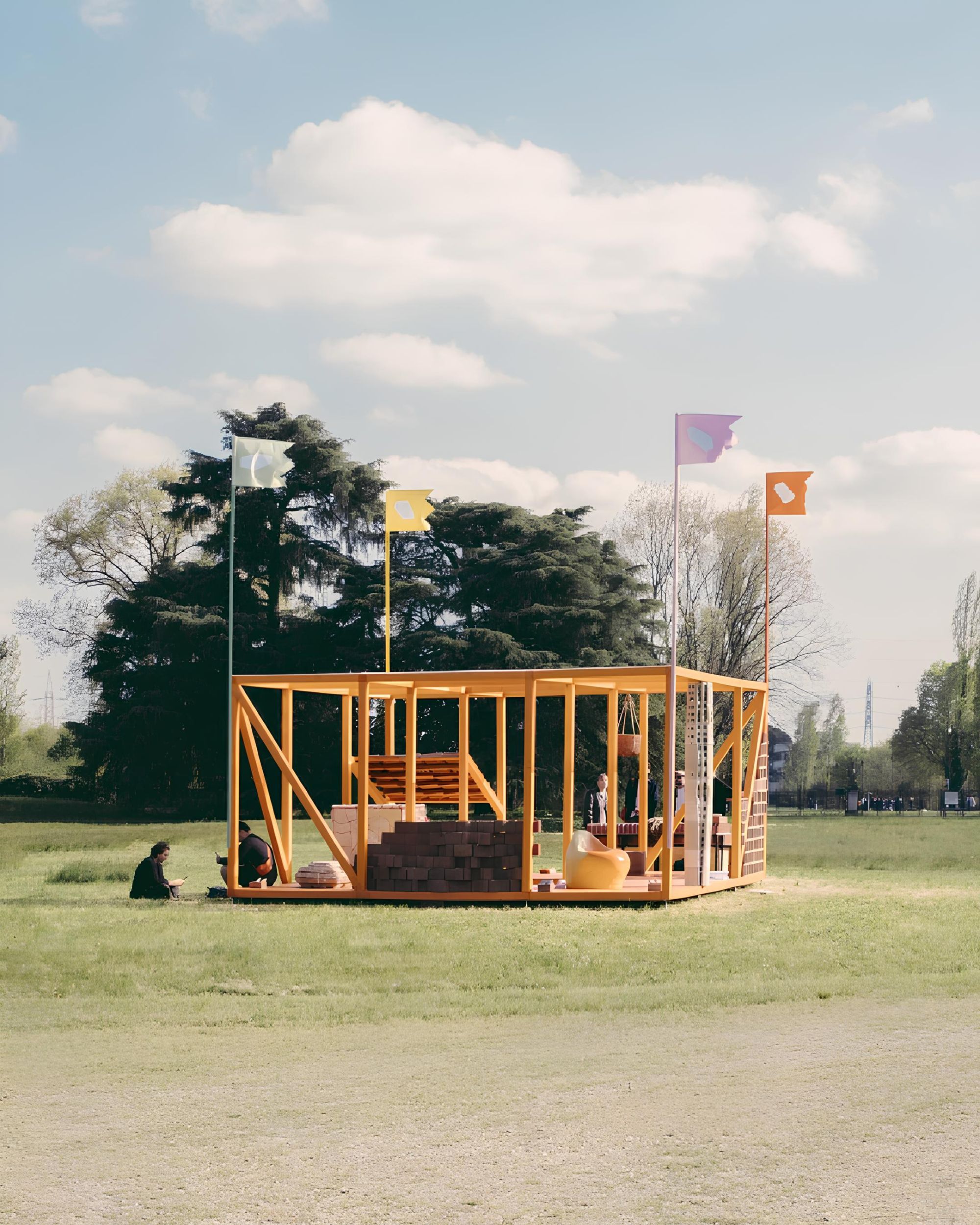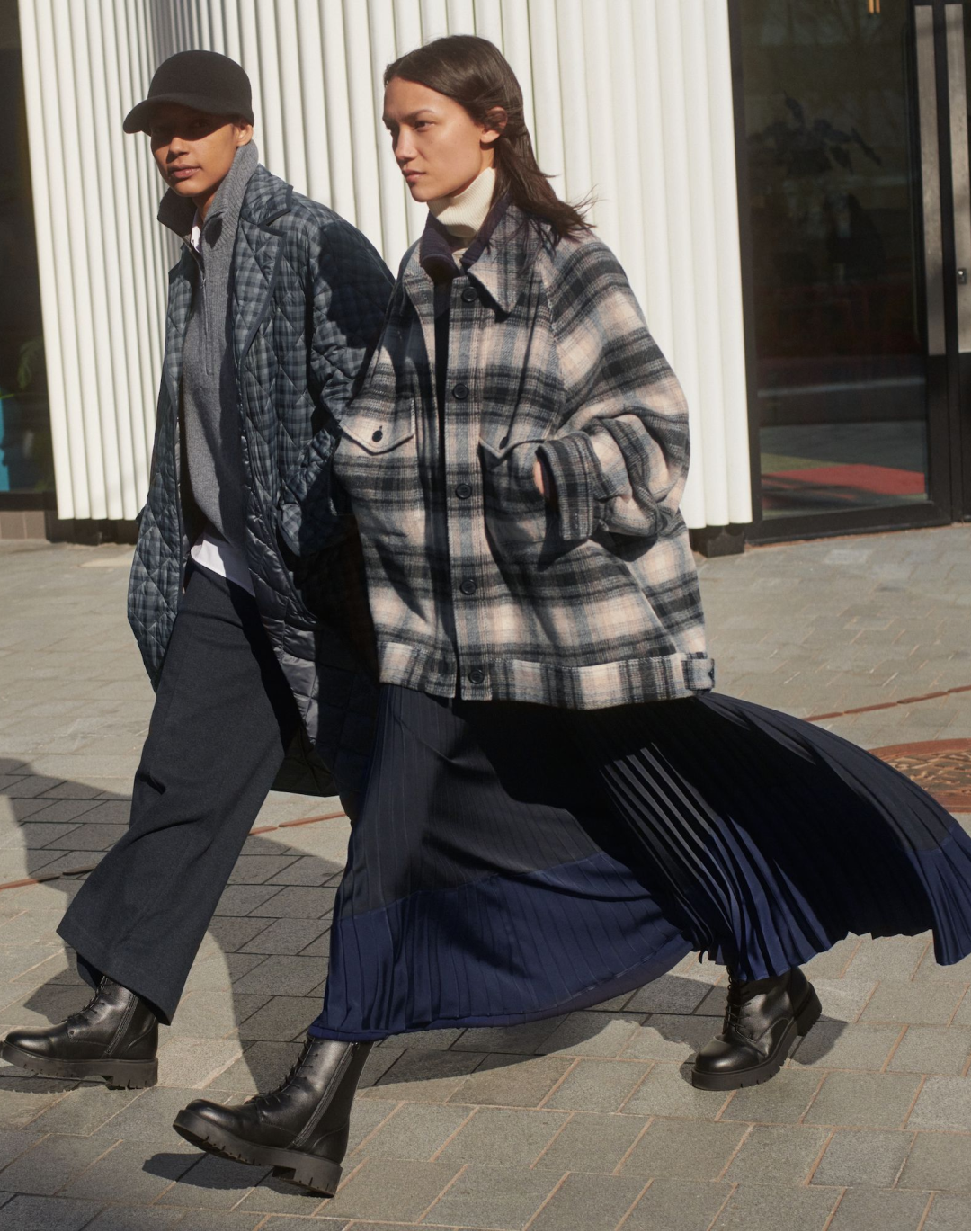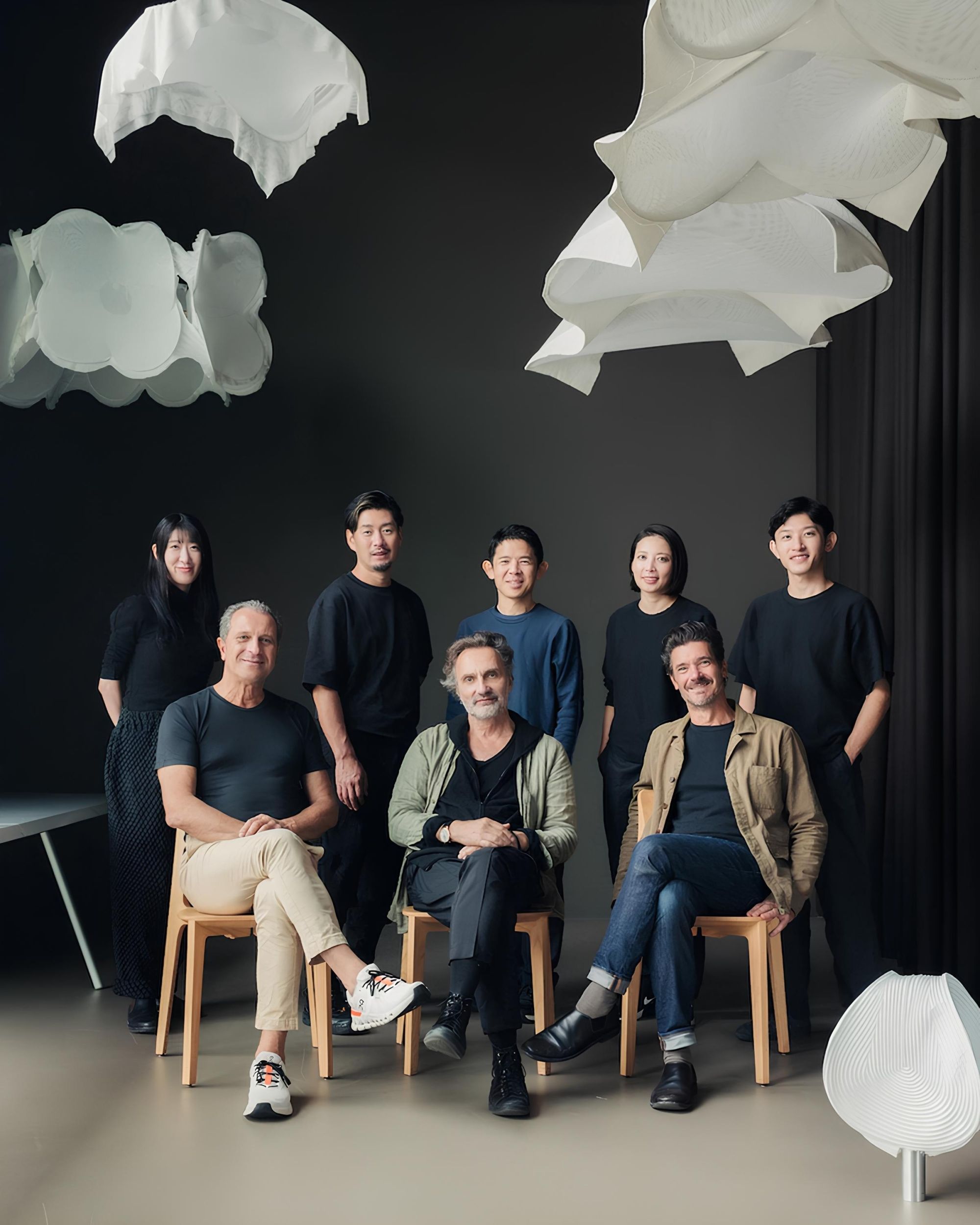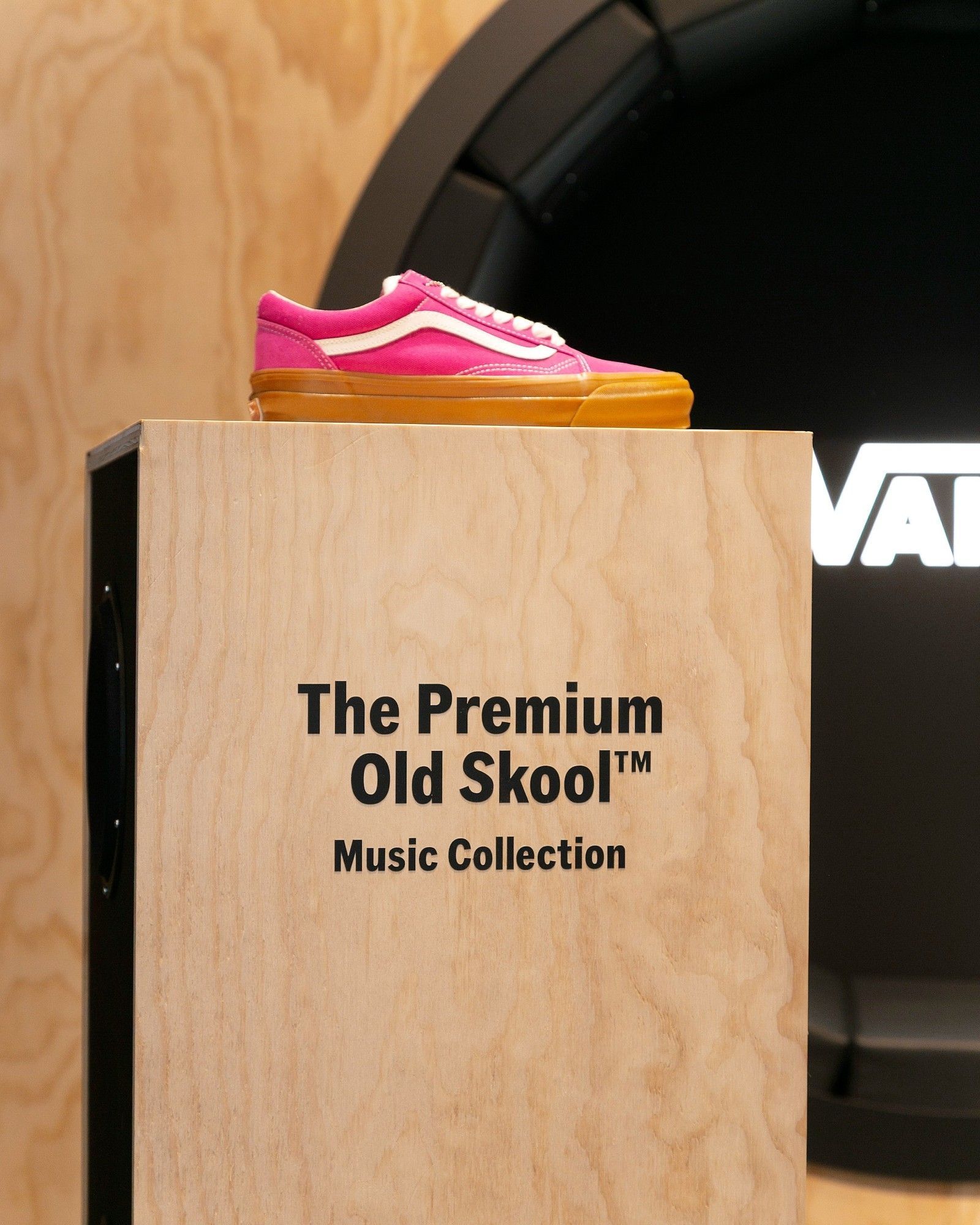
Design for community: interview with Koji Yanai The son of the founder of Uniqlo talks about his project "The Tokyo Toilet" that arrived in Milan last week
«Going to the bathroom is an activity that people must do as long as they are human, regardless of gender, nationality, politics, religion, disability, and many other factors», tells Koji Yanai, son of Uniqlo's founder as well as vice-president of the company and the mastermind behind The Tokyo Toilet project, which has seen Japan's top designers build a series of state-of-the-art public toilets in major areas of Tokyo. Many think the project was born in the context of the past Tokyo Olympics - yet this is not the case, because the real occasion was the Paralympics held immediately afterwards: «Since the past, I've been interested in the Paralympic Games», explains Koji. «There’s always excitement for the Olympic Games but there still less excitement about the Paralympics Games. So I wanted to do something to make excitement for the Paralympic Games. That’s my starting point». The project, among others, came to Milan during the just-concluded Design Week 2022 and saw the SKWAT collective carpet the bathrooms of Milan's Duomo metro station with photos by Daido Morayama. «From the beginning, I decided to expand my project outside of Japan. Milan was the best city – of course you guys have a great understanding about art, fashion, creativity, innovation and design. And Milan’s Salone was the best opportunity for us to introduce the project».
The philosophy behind the project, beyond pure patronage, is interesting because it pulled in a very diverse range of creative people: from architects such as Tadao Ando and Shigeru Ban to a product designer like Nao Tamura to an interior designer Masamichi Katayama via even a fashion icon like Nigo who, for his own design, was inspired by the American-style houses built by the Allies in Shibuya in an enclave named Washington Heights. When I ask him why he decided to choose the best talent from such diverse fields of design, Mr. Koji replies: «When I’m thinking about big issues or problems, tackling them from various angles is one of the key factors in finding a solution. In that sense from the beginning I’d already decided to select not only architects but also other creators». Of course, however, there is also more.
When I ask him a question about the values behind the design, Koji quotes John Maeda and his phrase Design is a solution to a problem. Art is a question to a problem. «I believe that people's values will change when design and art, problem solving and problem stating, are achieved at the same time. In this project I believe that installing the best creativity and innovation in the city's infrastructure will raise the level of life itself and make everyone happy, as well as improve the quality of the city itself». Clearly, the contribution to the community emerges through this project not only through the artistic value of the design but also through the infrastructural contribution to an entire city. «Infrastructure is often managed by governors» Koji explains. «It is very difficult to bring creativity to such places, but I think there is a lot of room for elevation. Just as telecommunications and information technologies used to be managed by public organizations, but that changed with the advent of the Internet and the entry of Microsoft, Apple, and Google».
The idea is one of democratic design that reflects the philosophy cultivated by Koji and the Yanai family: «I believe that a company must exist for the benefit of society. In other words, I believe that companies must make contributions to society, to the community». And speaking of the union of design and cultural contribution, we have come to the next chapter of The Tokyo Toilet project-the film that Wim Wenders, the director of such masterpieces as The Sky Above Berlin and Paris, Texas, shot in Tokyo to narrate the project. As Koji Yanai explains, the central theme is that of cleanliness and hygiene, of the noble humility of public toilets that manifest not only Japan's taste for design and sense of hospitality but are meant to start from a small detail to tell the larger values that underpin the entire project. Wenders' film, therefore, will feature the cleaners of those restrooms:
«We actually clean them every day, but it is also true that they get dirty every day. I wanted to convey the importance of cleaning in a natural way, so I chose the method of art. When I thought of a filmmaker with the best understanding of architecture, art, and the beautiful human mind, I could think of no one but Wim Wenders. I believe that he will beautifully portray the toilets themselves and the beauty of cleaning in the deep level of spirits.».










































